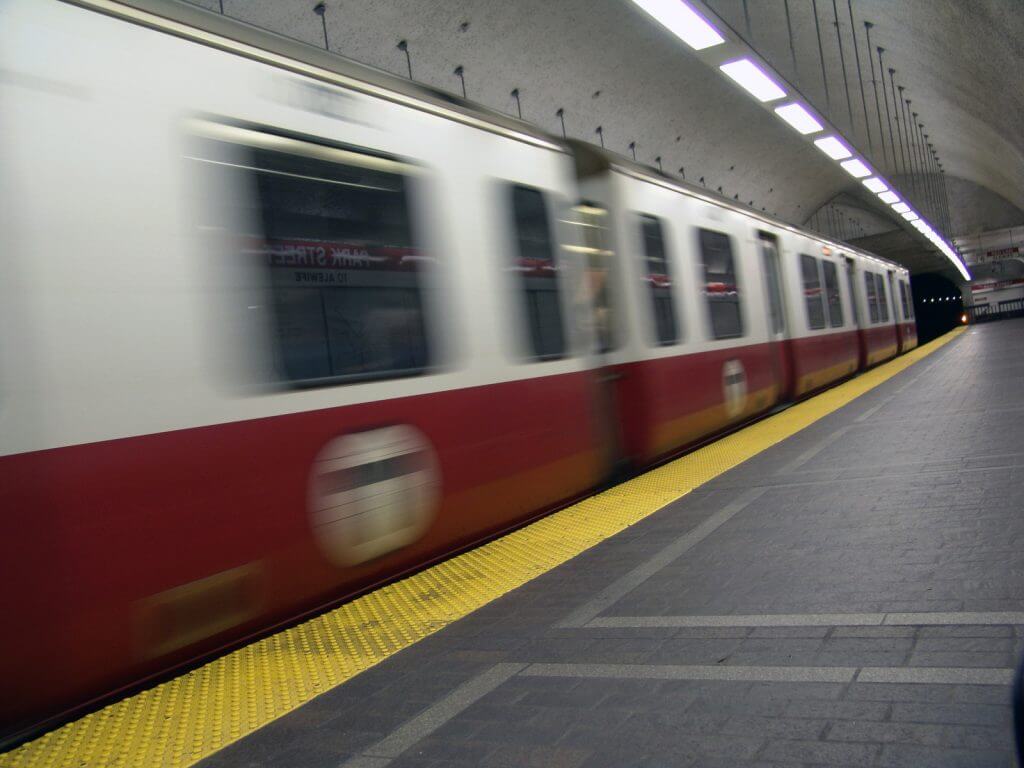Boston traffic is unpredictable and with traffic due to weather or accidents easily increasing commutes by an hour or more, those who drive to work every day are looking for an alternative.
That alternative is the Massachusetts Bay Transportation Authority (MBTA).
With over 270 station areas throughout five Massachusetts and two New Hampshire counties with several modes of transportation available, the MBTA system is responsible for over 20 million trips per month. With the spike in commuters relying on public transportation to reduce their commute, buyers and renters are now making it a priority to live within this transit shed and we have, in turn, seen an increase in home prices and monthly rent.
The Effect of Living Near Transportation
When they say location is everything, it’s true. You can fix a house, but you can’t fix the location. These days, location goes beyond just the neighborhood in which the house is located. Buyers now want to have easy access to stores, gas stations, and public transportation.
When selling a home, or even renting a home, one that is located in close proximity is considered more valuable than those properties outside of the half-mile “public transportation shed.” A shorter commute and the ability to walk to a grocery store, coffee shop, and other conveniences can improve the quality of life people are leading, especially in congested areas.
Within this shed, there are over 500,000 jobs that are accessible within a 30-minute commute.
Since these residential properties are looked at as more valuable than those outside of the transportation shed, home buyers and sellers will see an increase in the value of properties, as well as an increase in demand.
Rental Properties
Not only are home prices increasing, but rental income has increased year over year for those properties located close to public transportation. Those properties located within neighborhoods in proximity to transit have seen an average increase of 4% in rental prices in recent years.
Commercial Sales Performance
Public transportation not only increases the value and demand for residential properties within the transportation shed but also increases the value of commercial properties.
Commercial properties that are located close to public transportation allow employers to provide employees with an easier commute, making a company seem more appealing.
These commercial properties have seen an overall increase in price and sales in more recent years compared to those in other regions.
How Public Transportation is Affecting Housing Affordability
As the economy continues to boom in the Greater Boston area, there is an increase in jobs and population. With a limited housing stock, the properties that are available within Boston and the outlying suburbs are becoming increasingly more expensive creating unaffordable housing situations.
Although there are measures being put in place to help control these prices, an increasing number of homeowners and renters are moving further outside of the city in order to reduce their housing costs and increase their living space.
And with the increasing number of public transportation stations, it’s still easy to get in and out of the city.
*Data provided by Boston Public Transportation Report from National Association of Realtors
